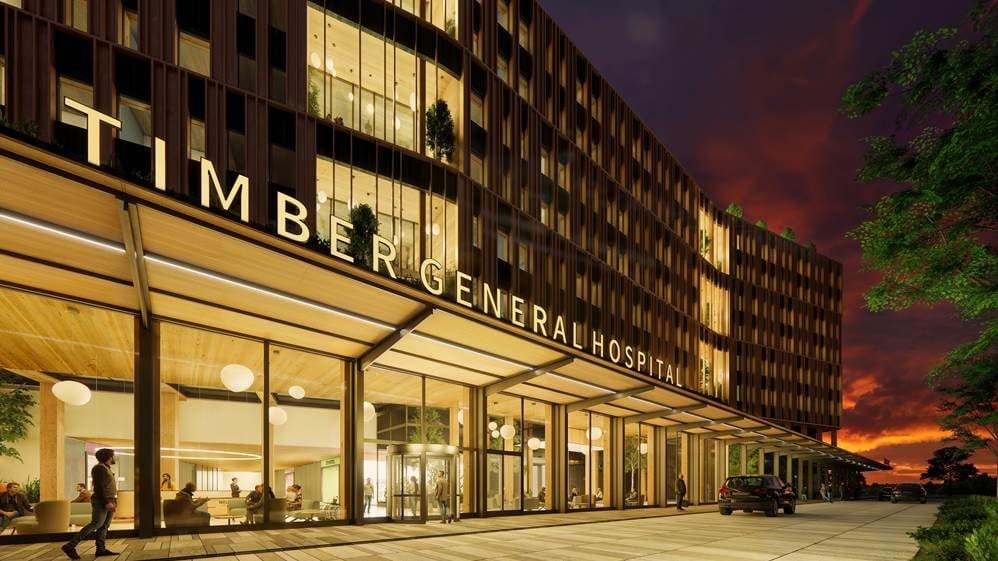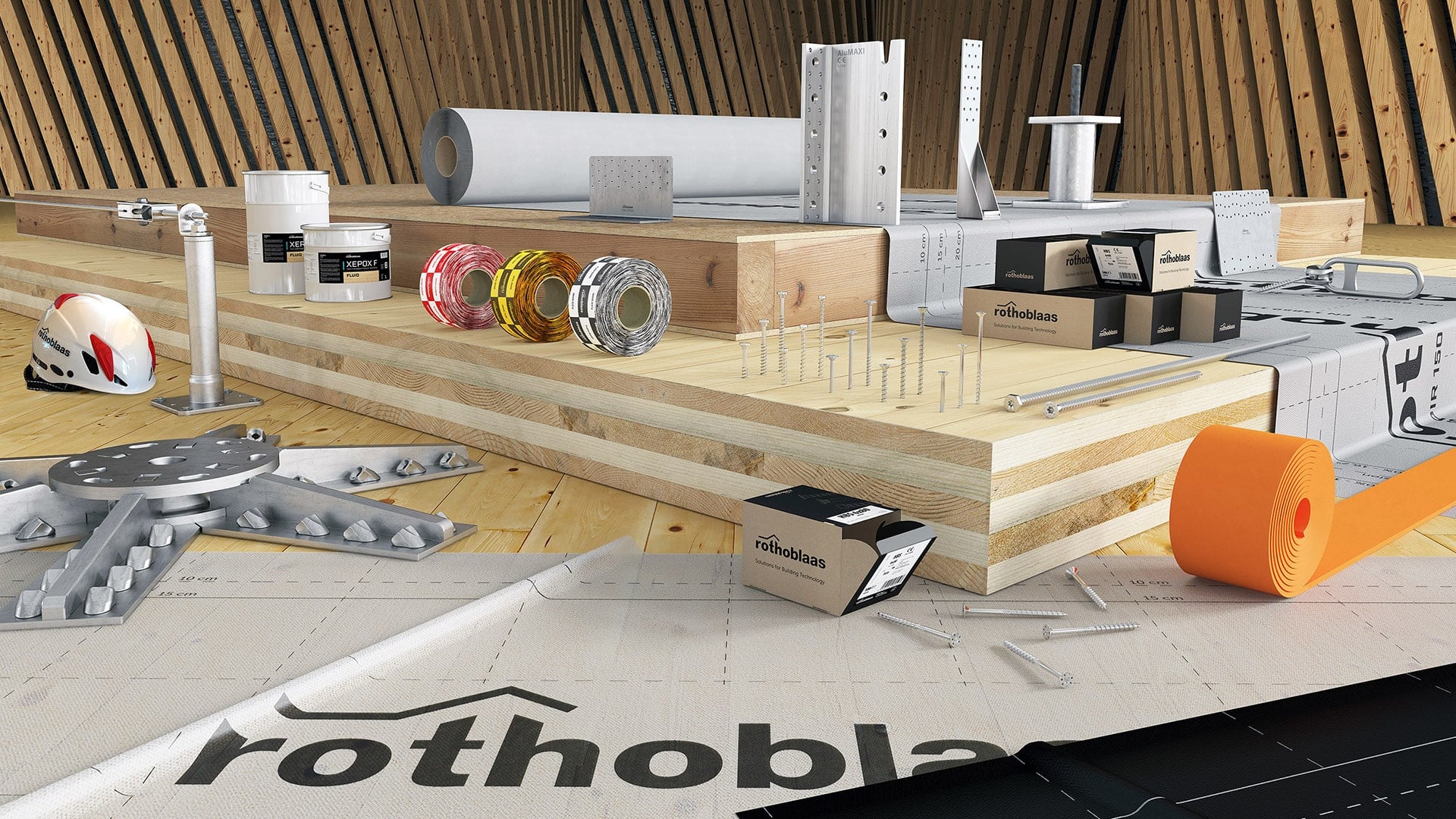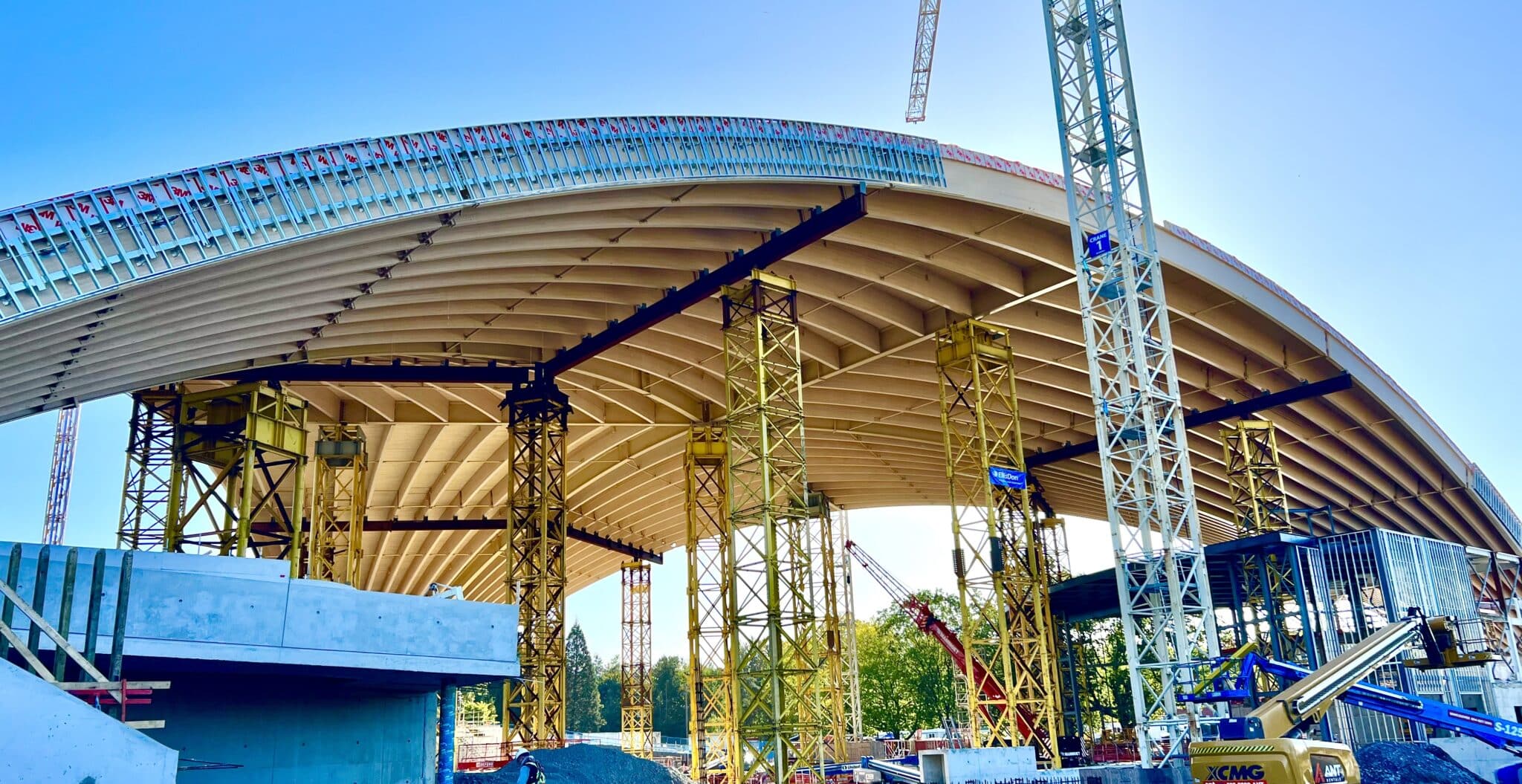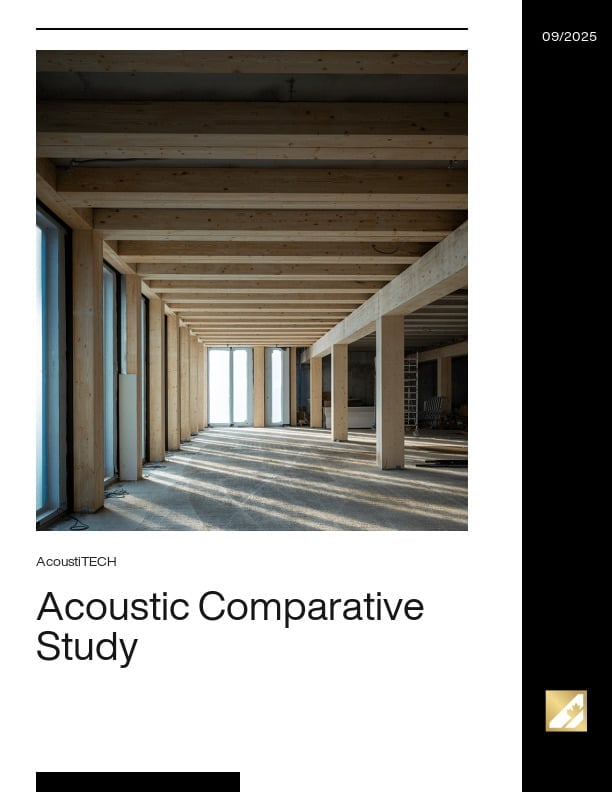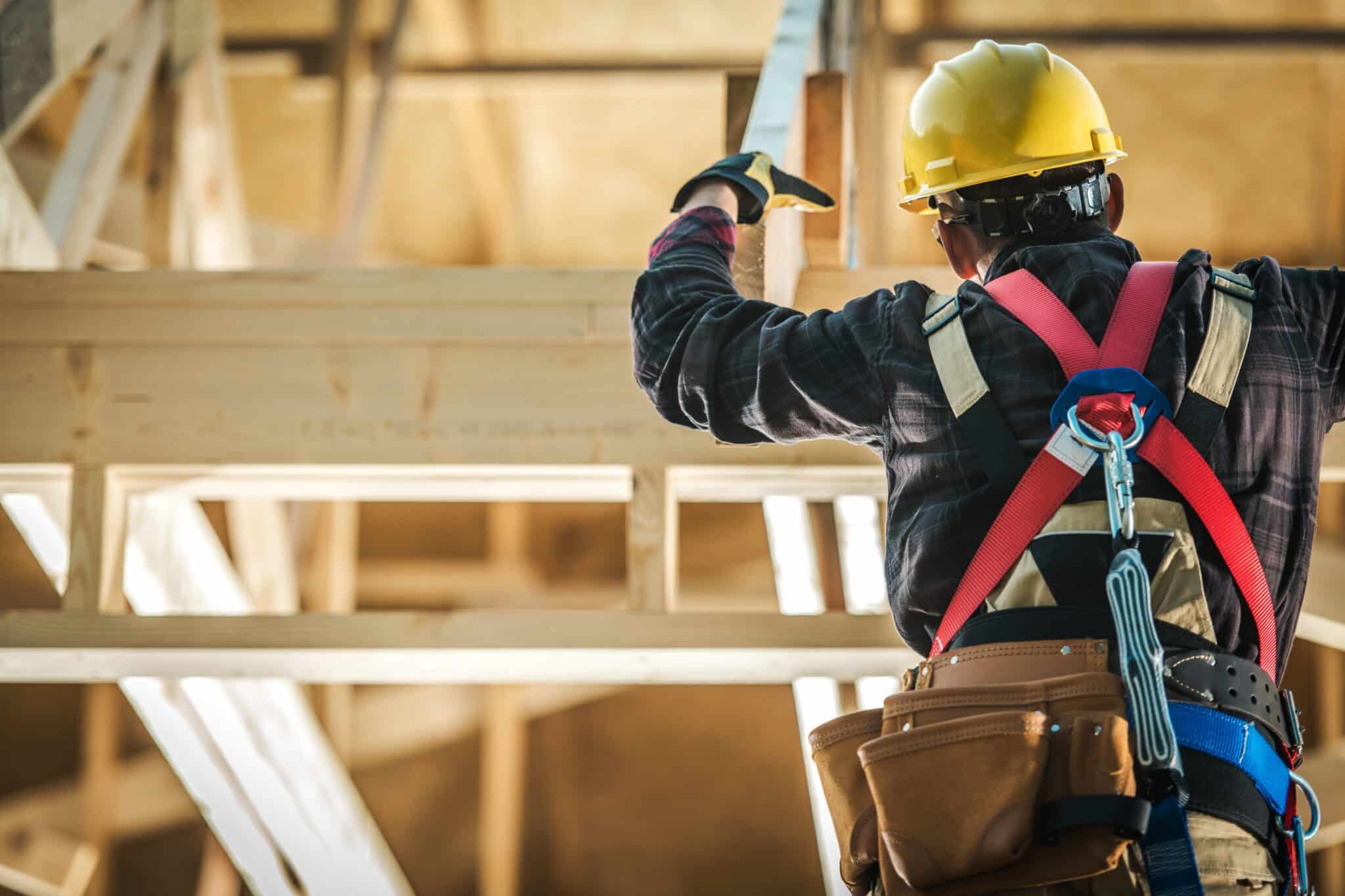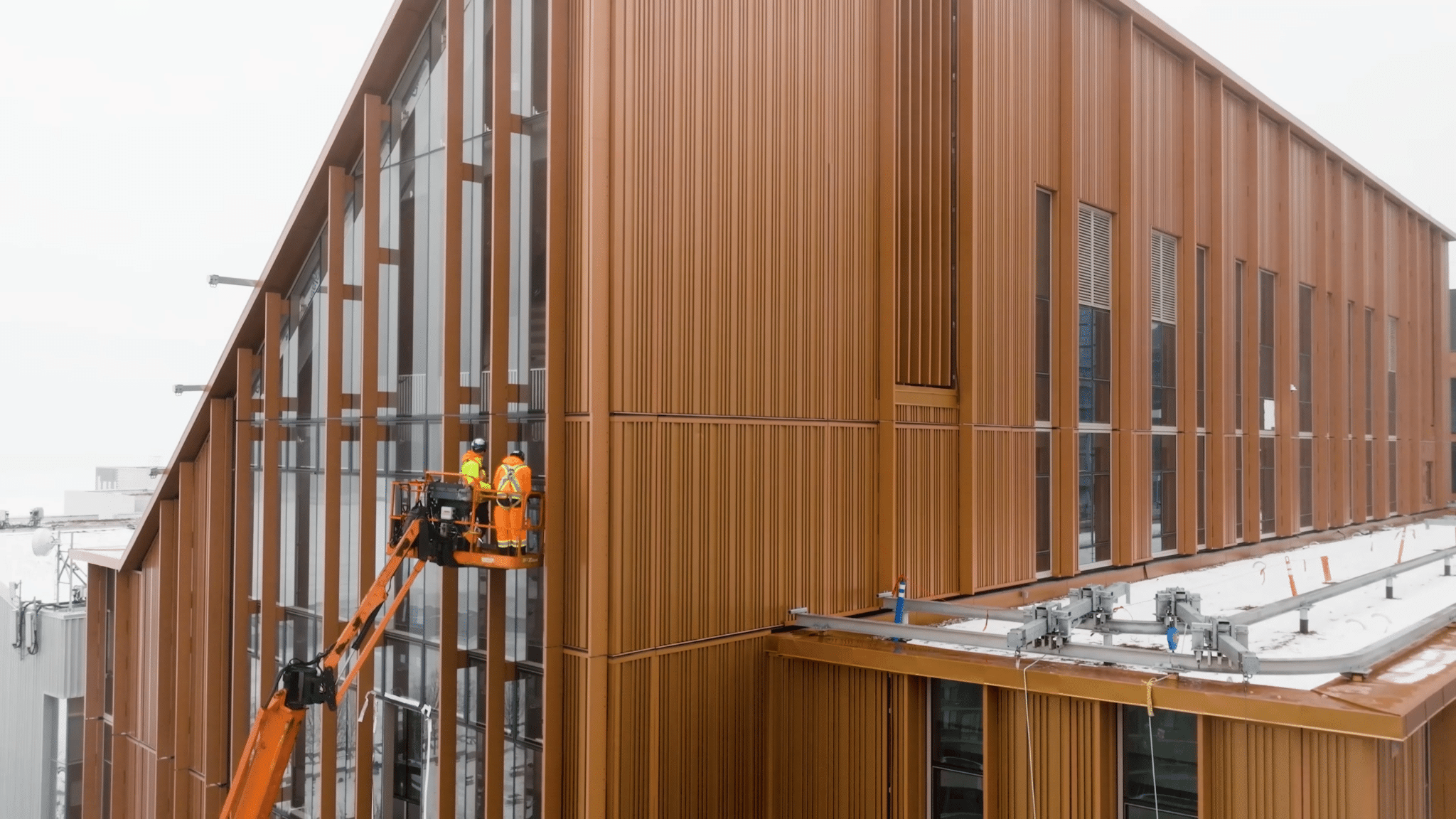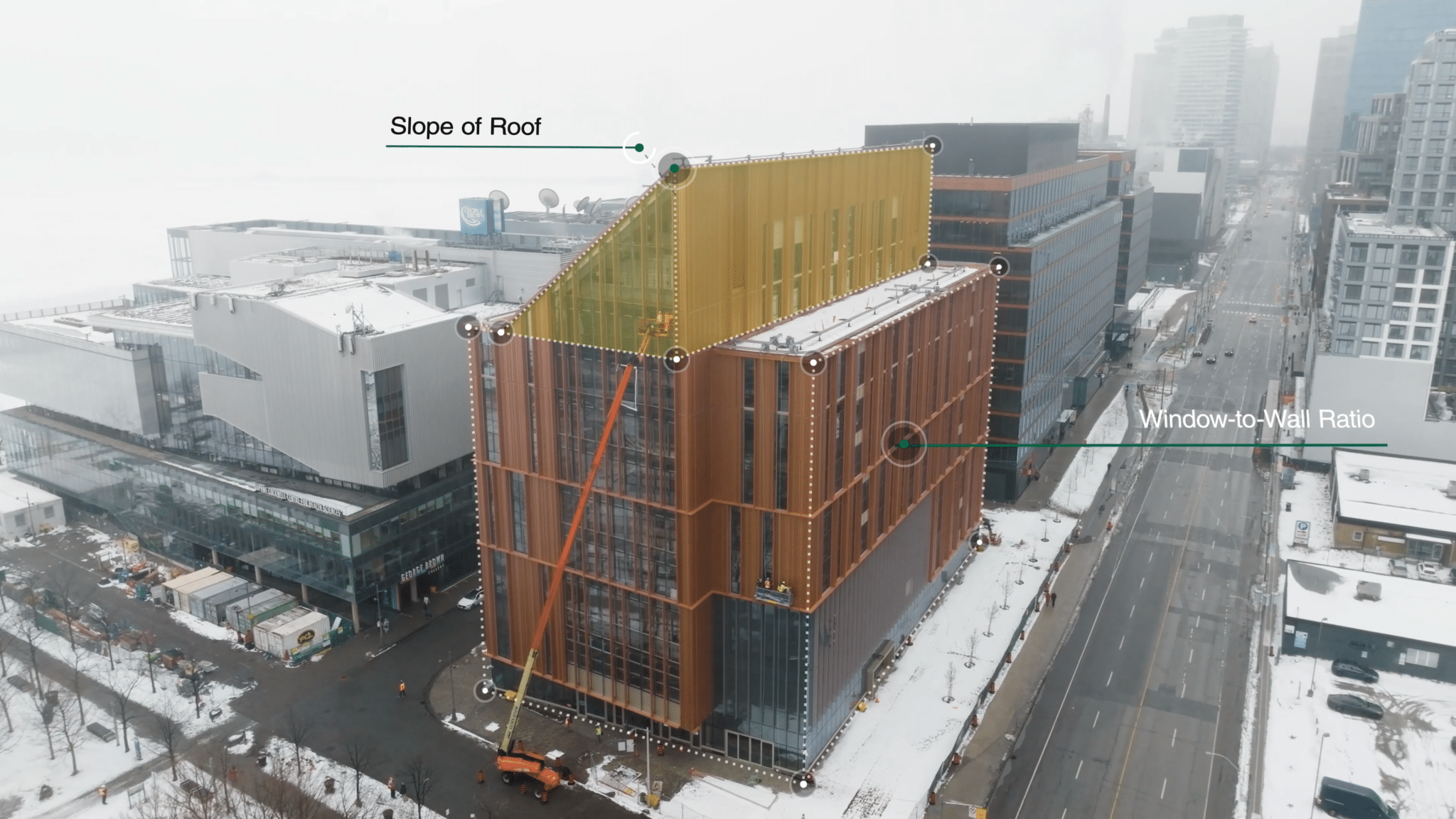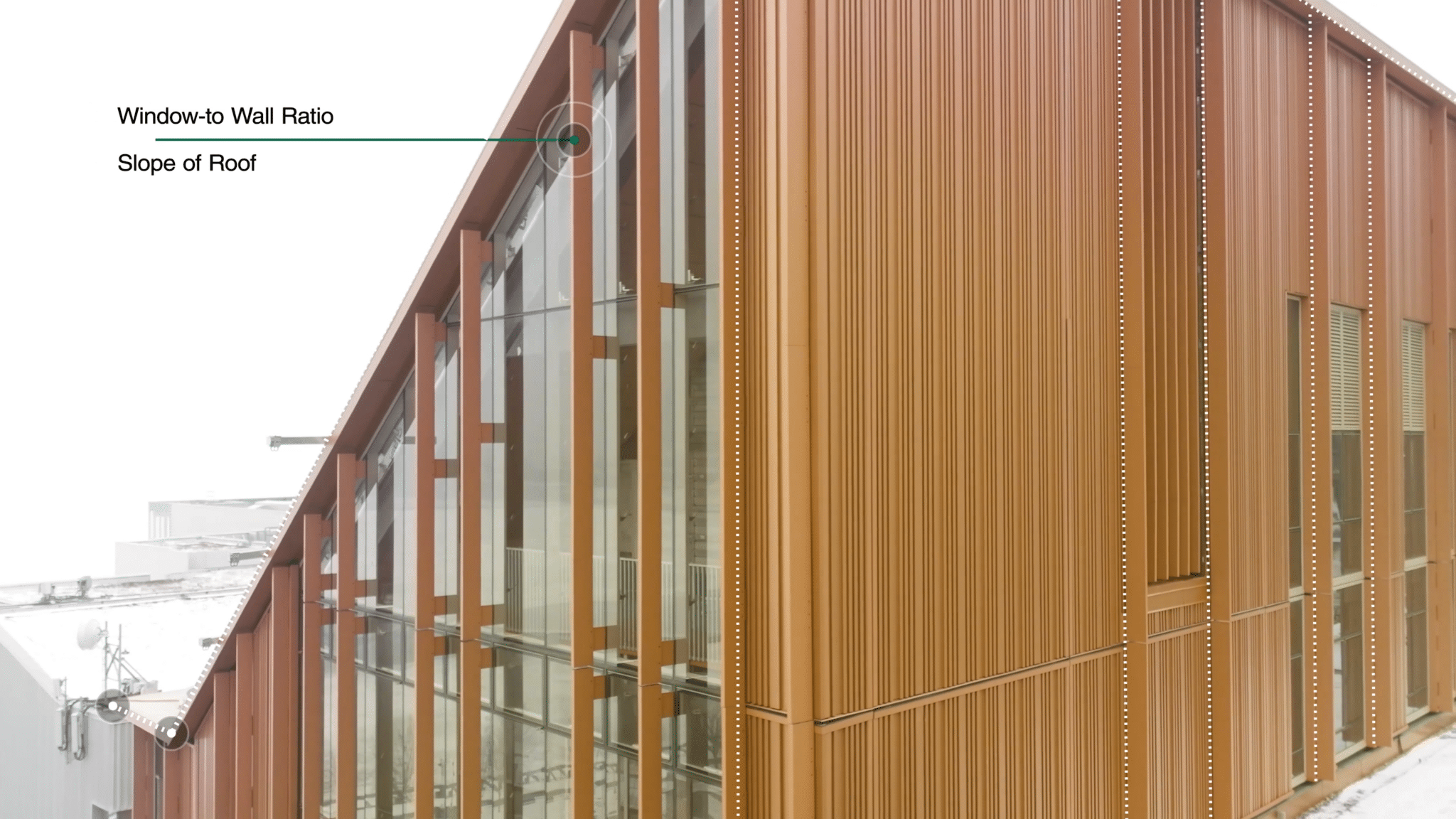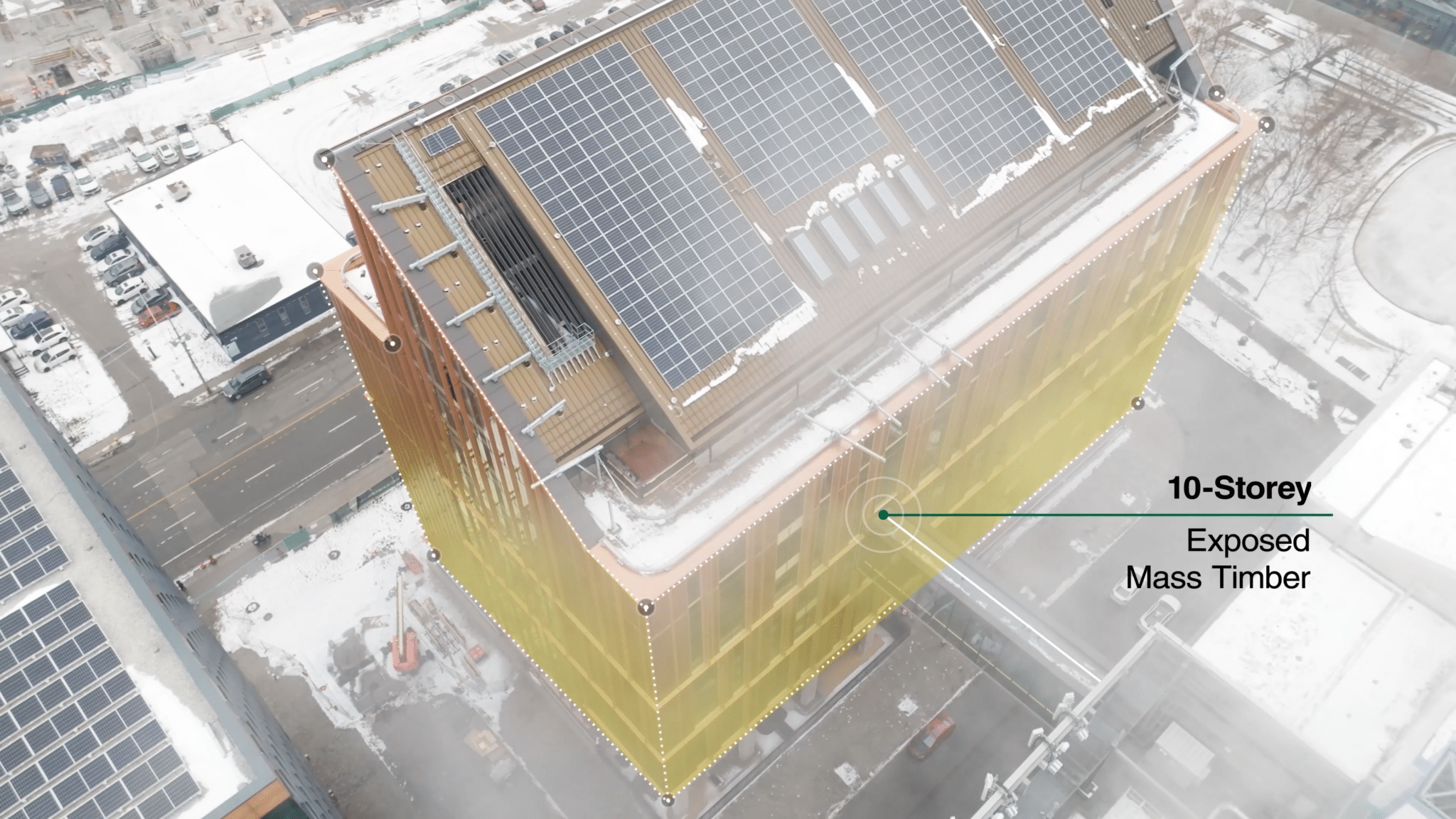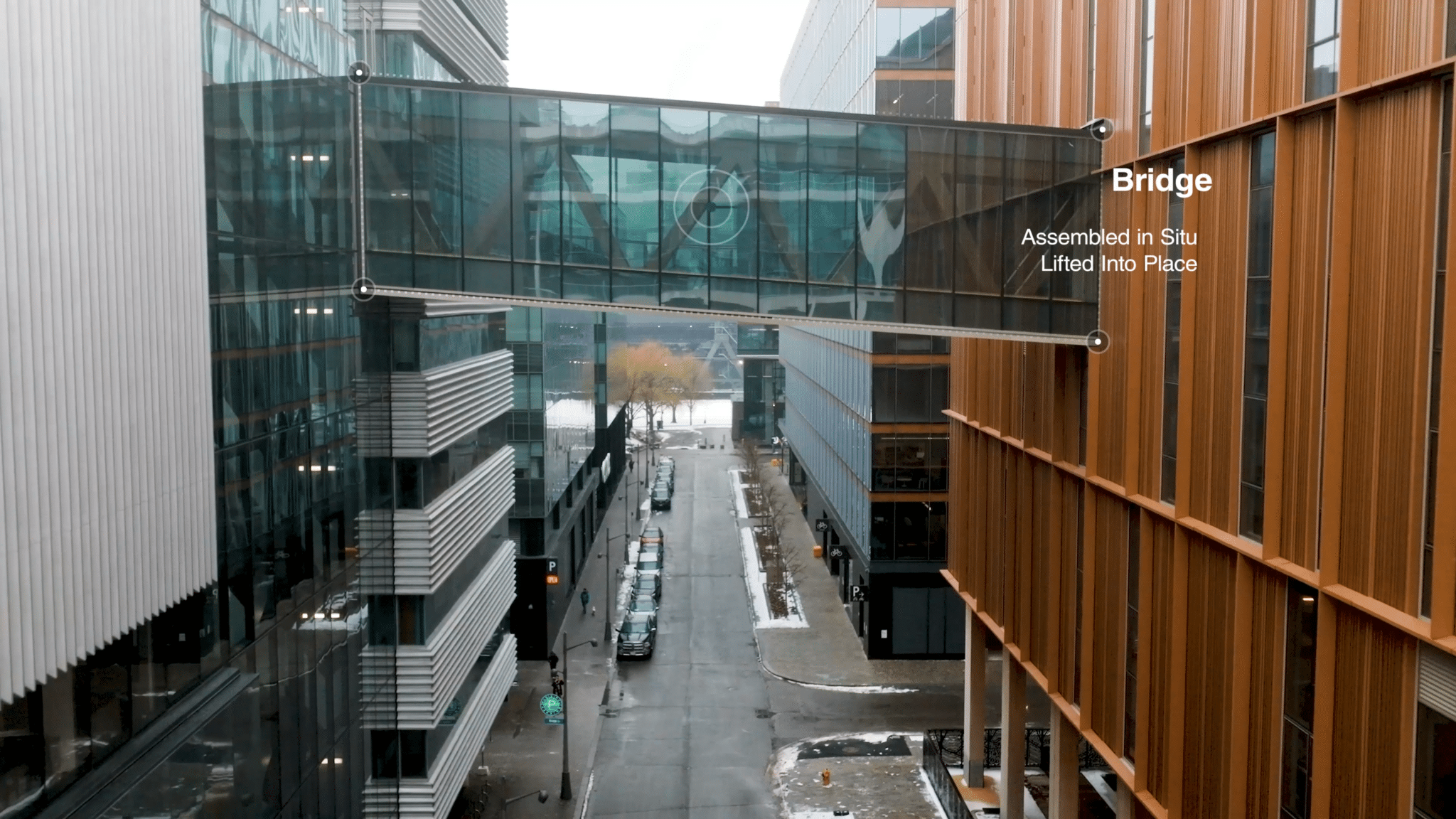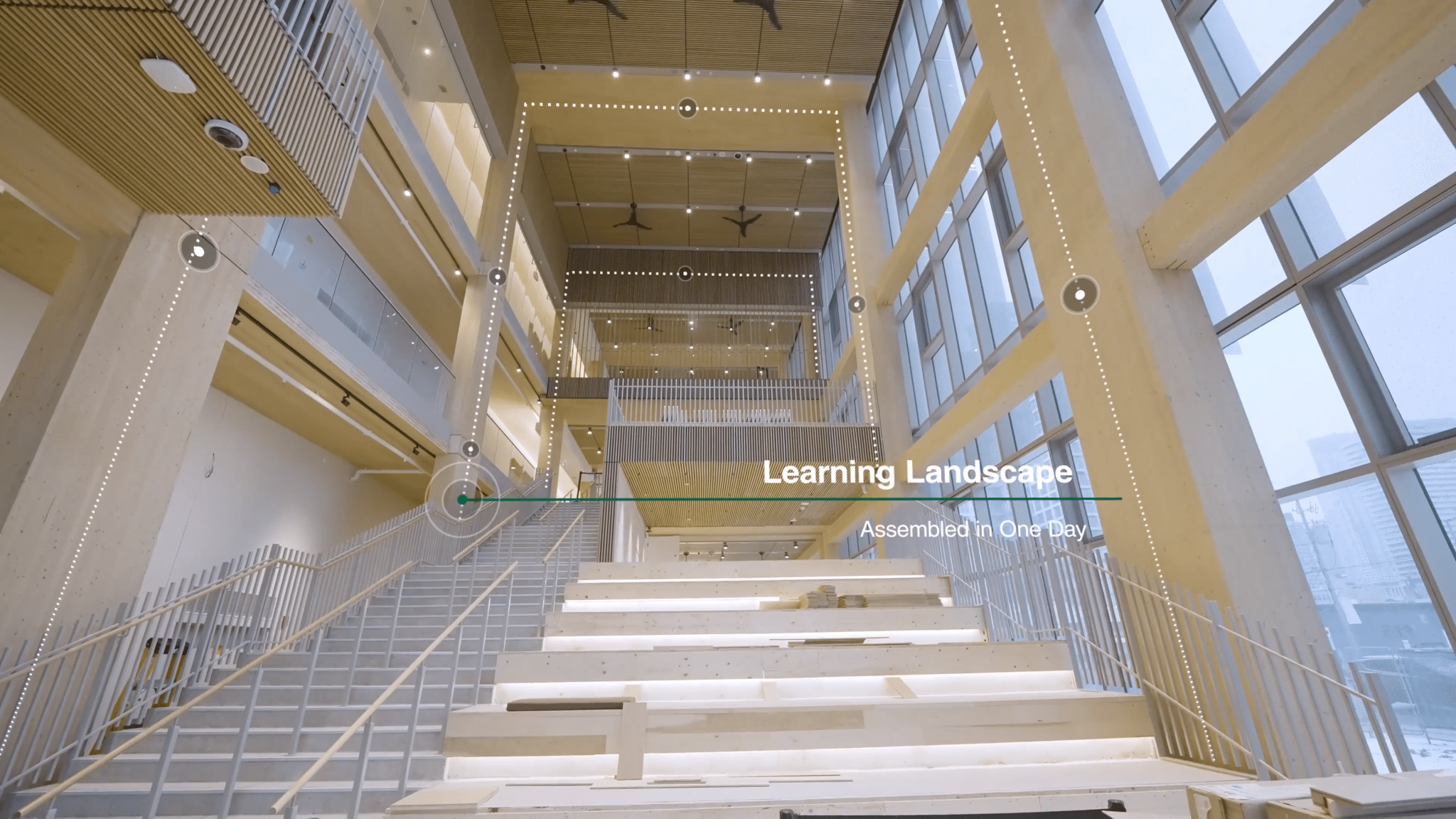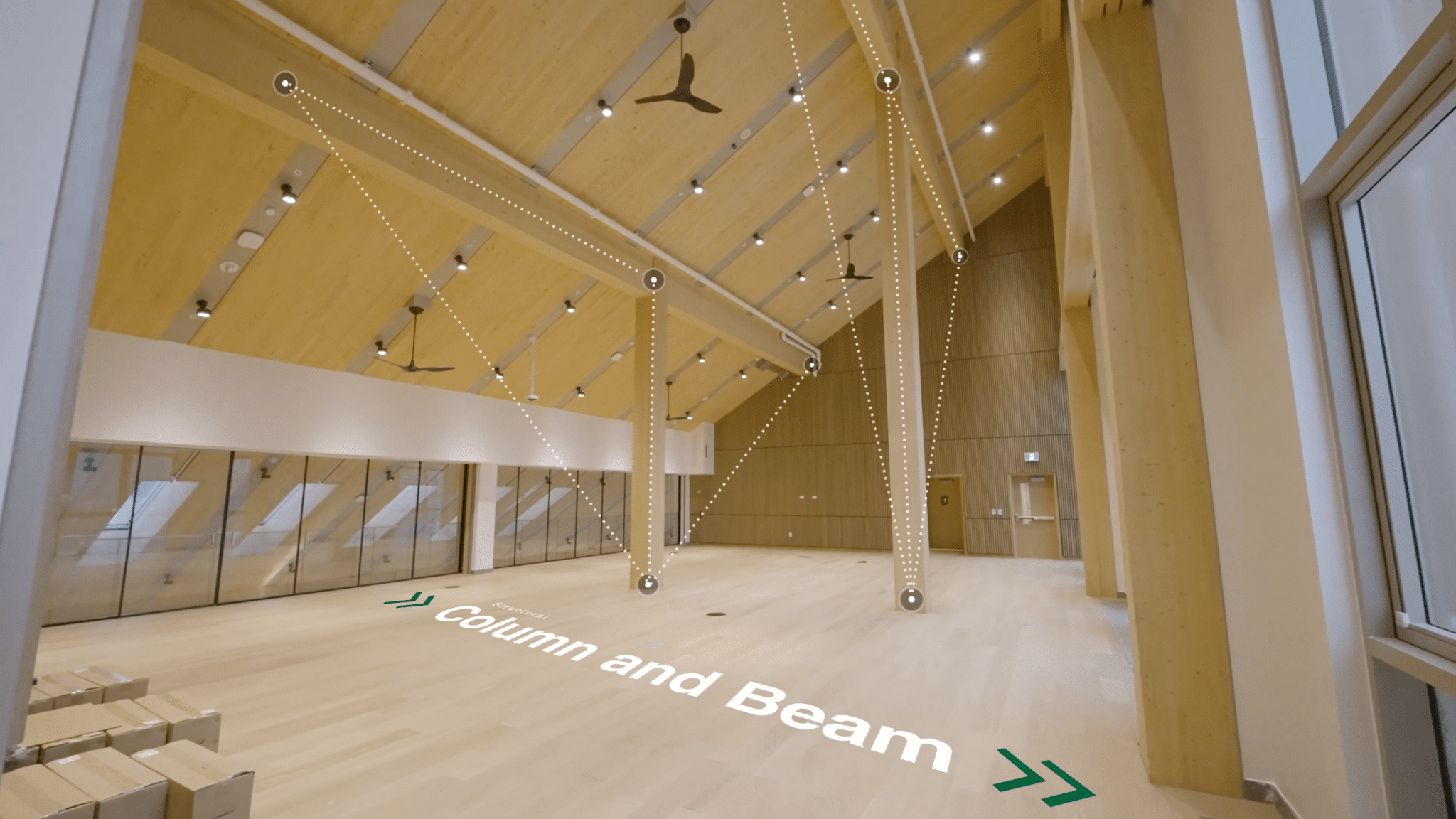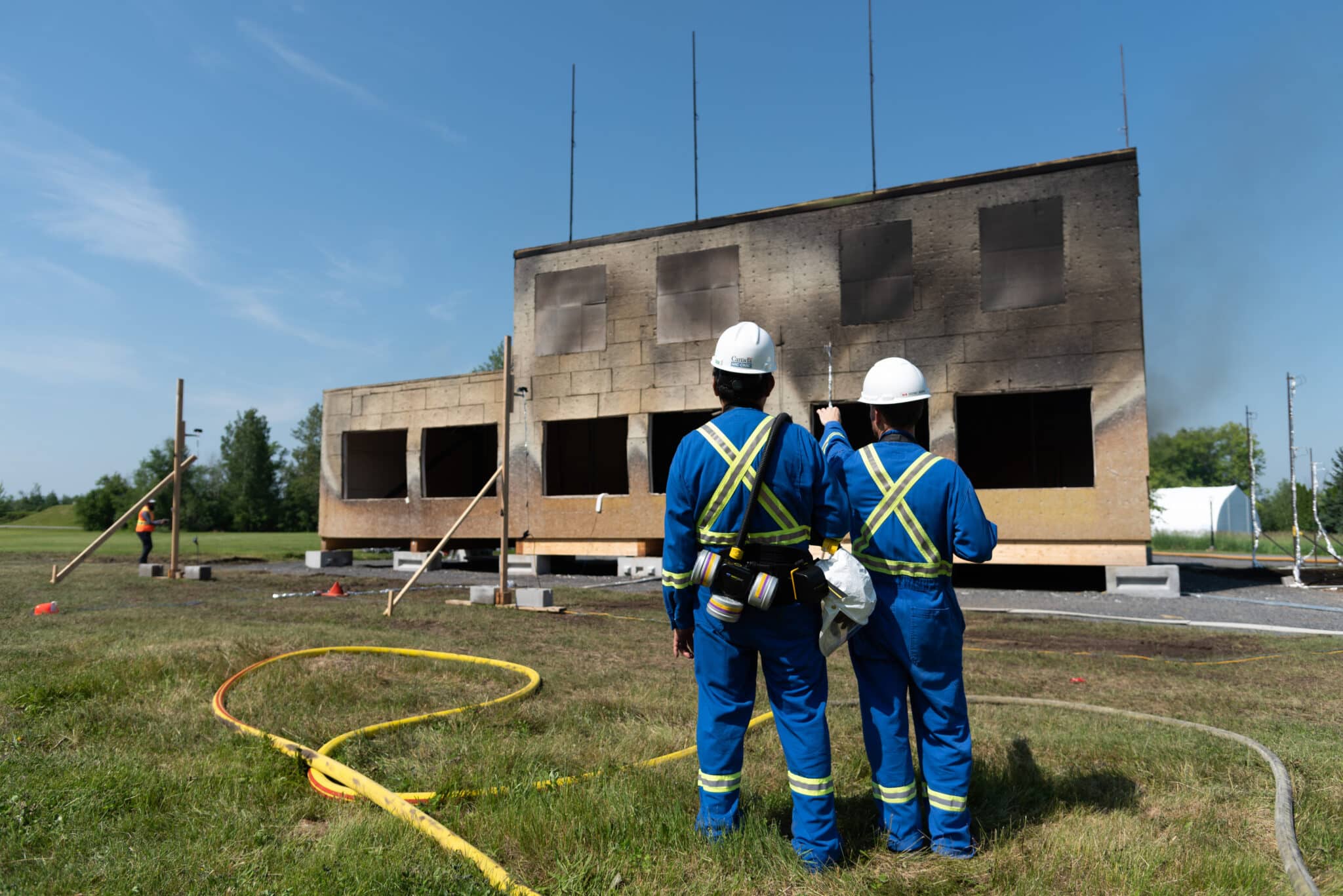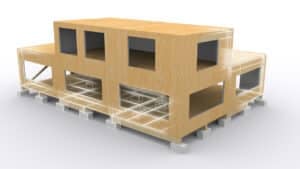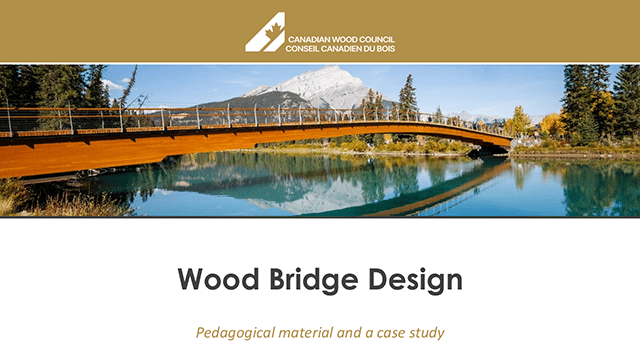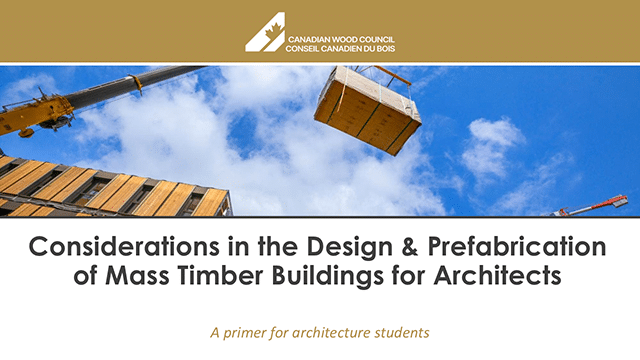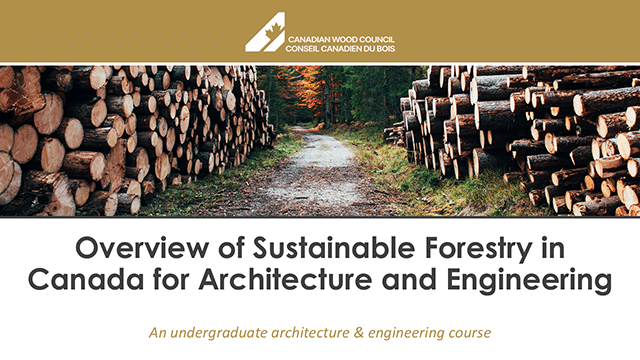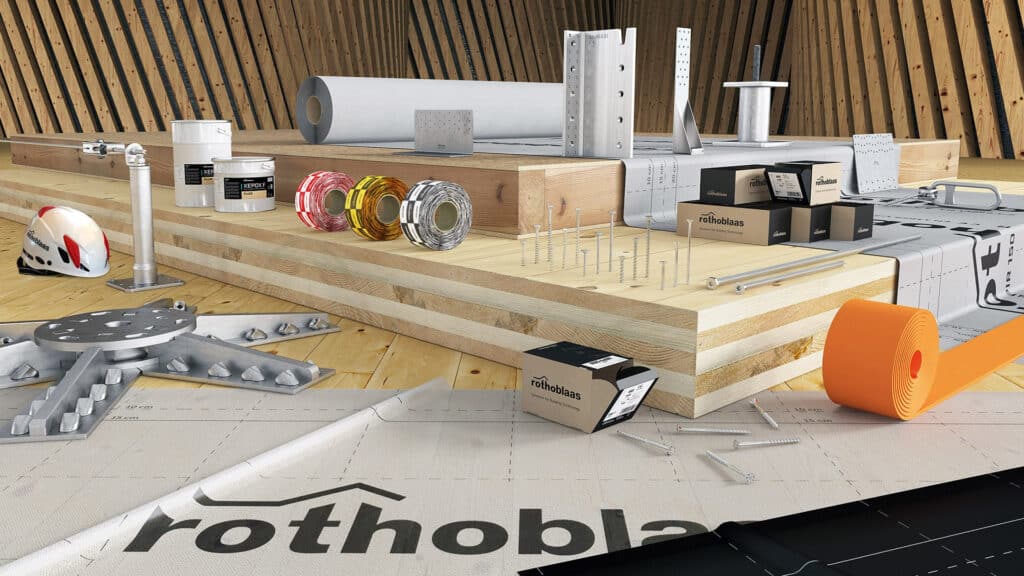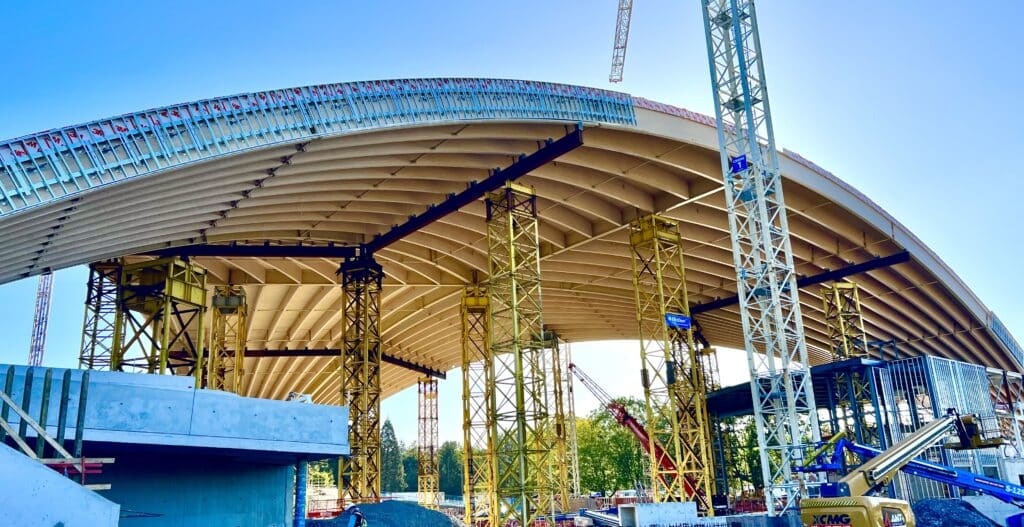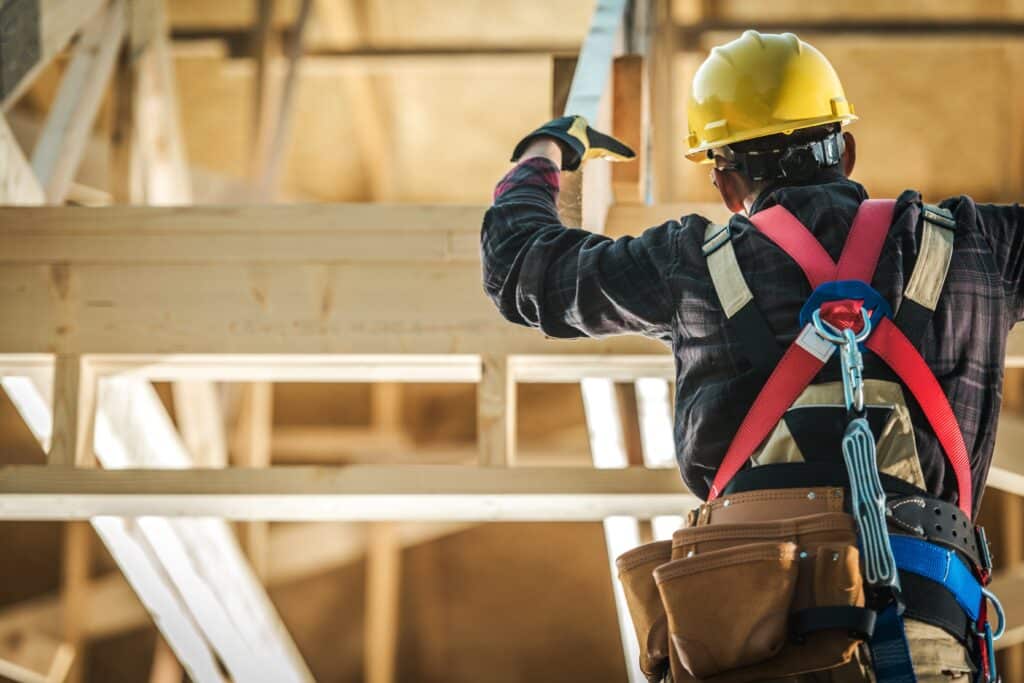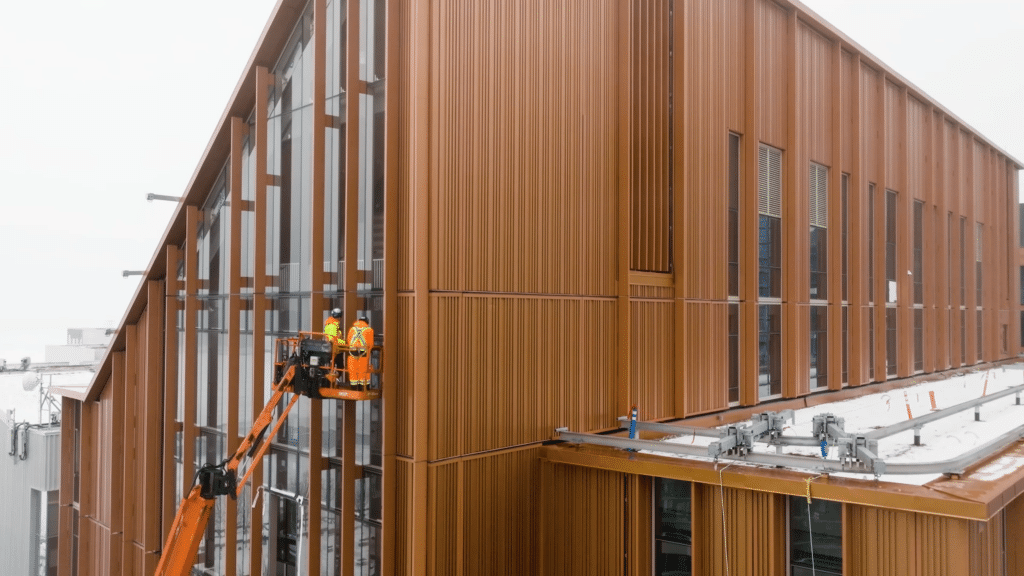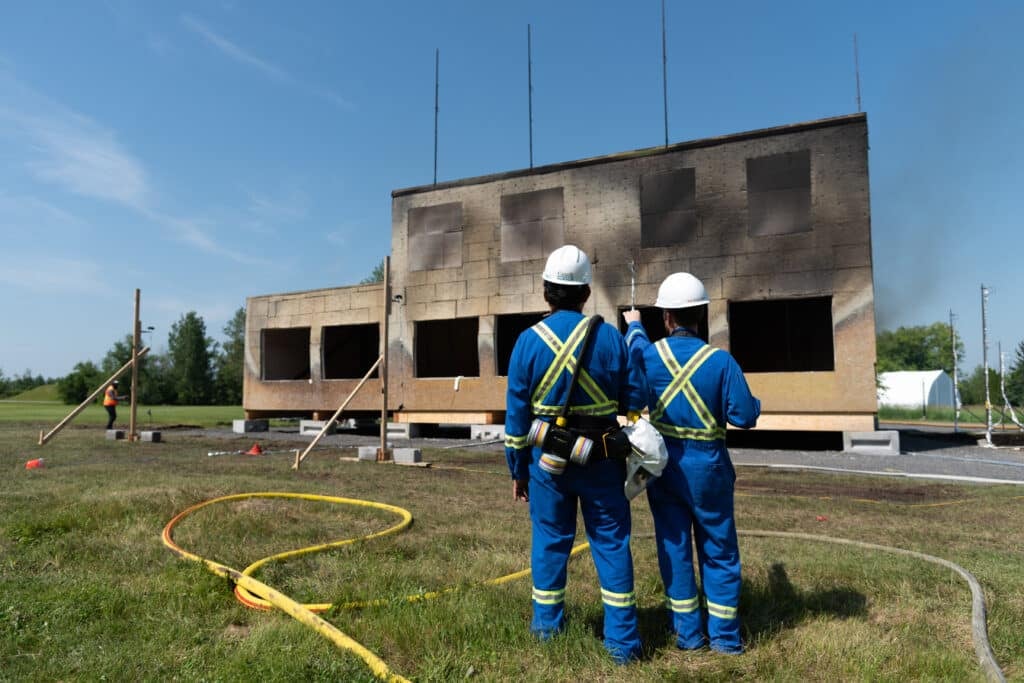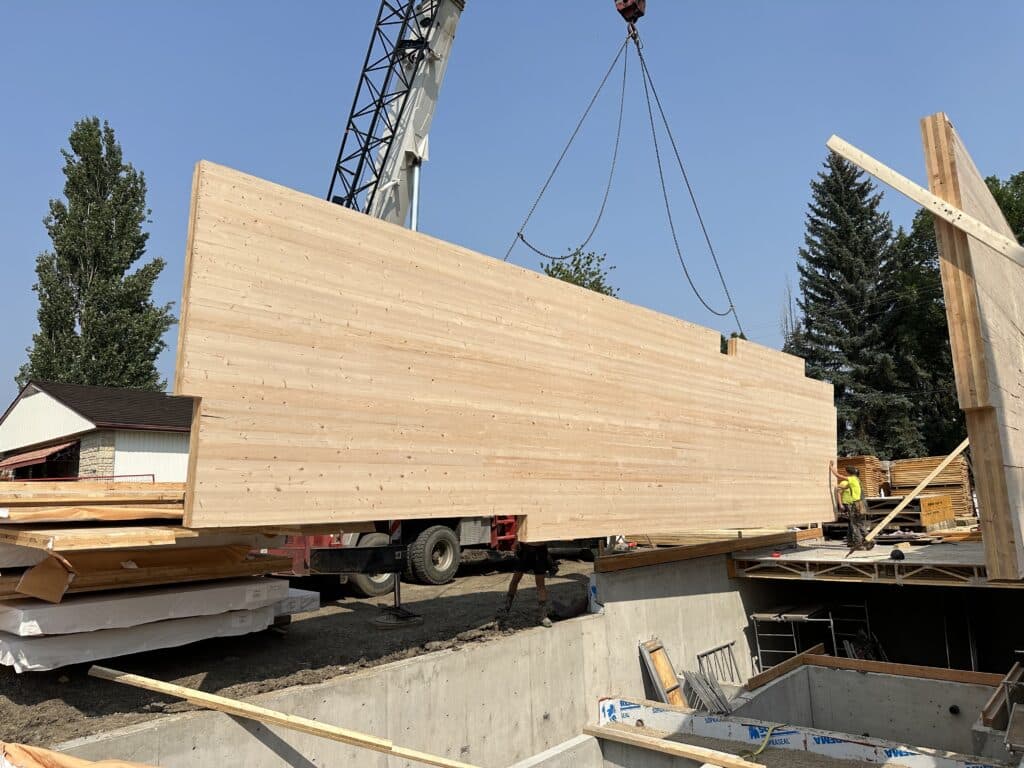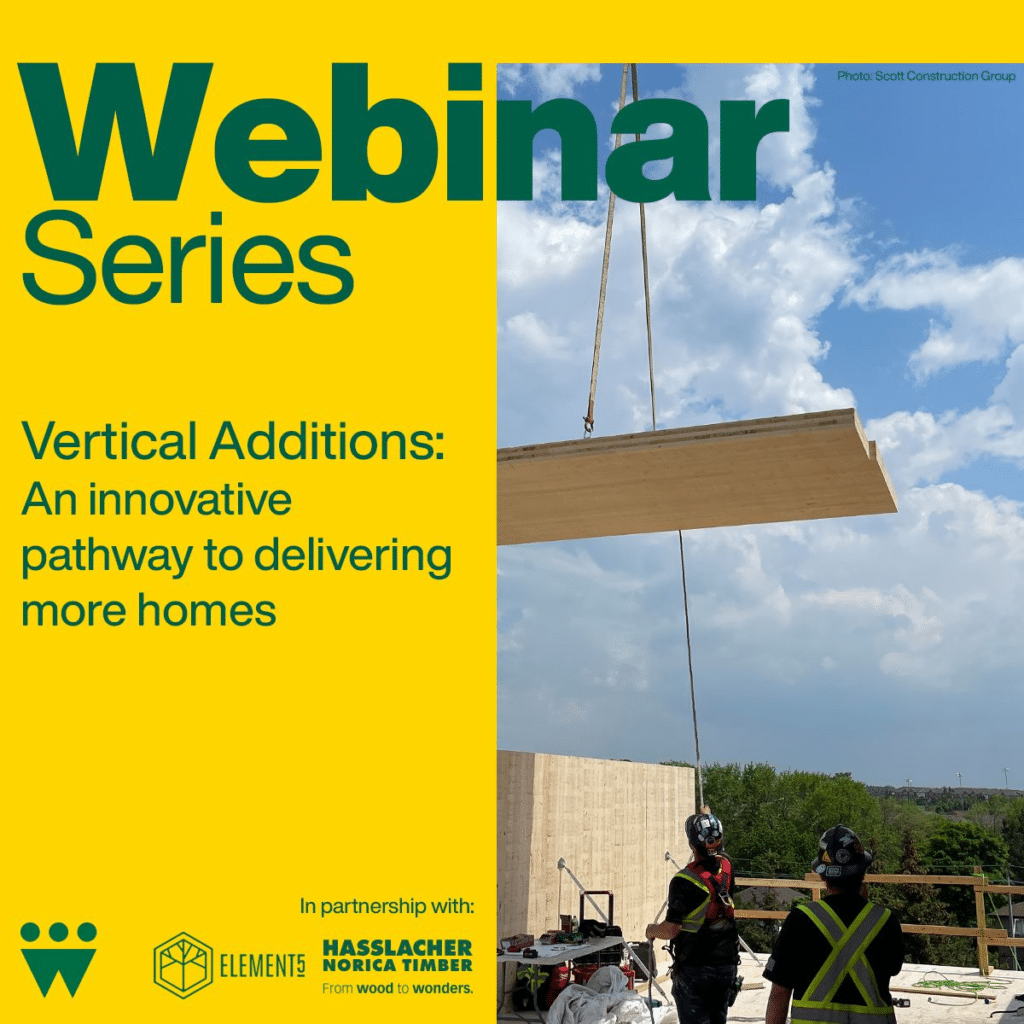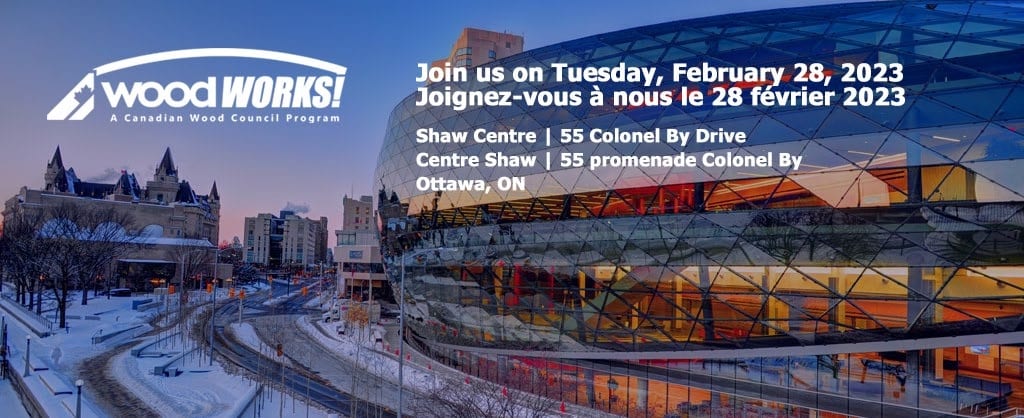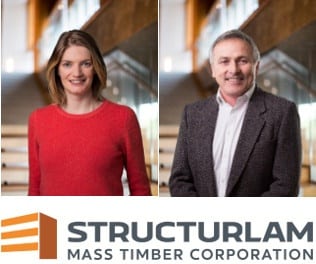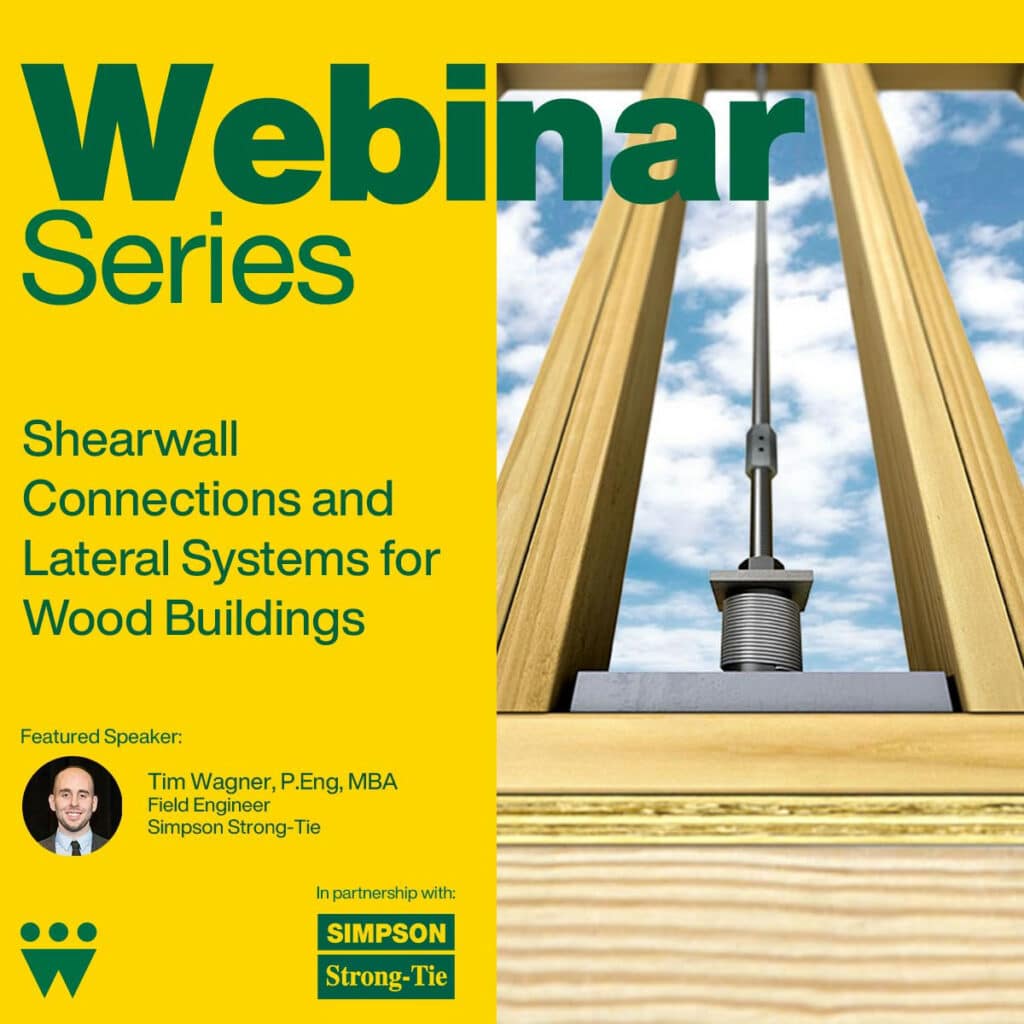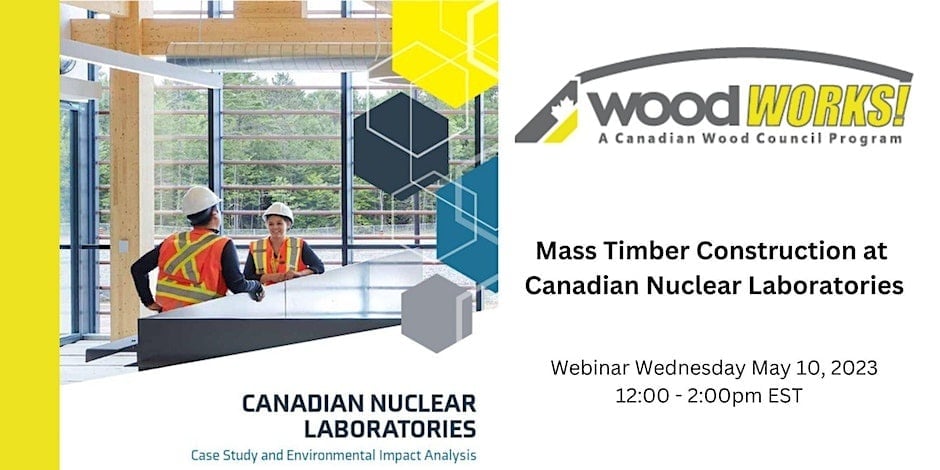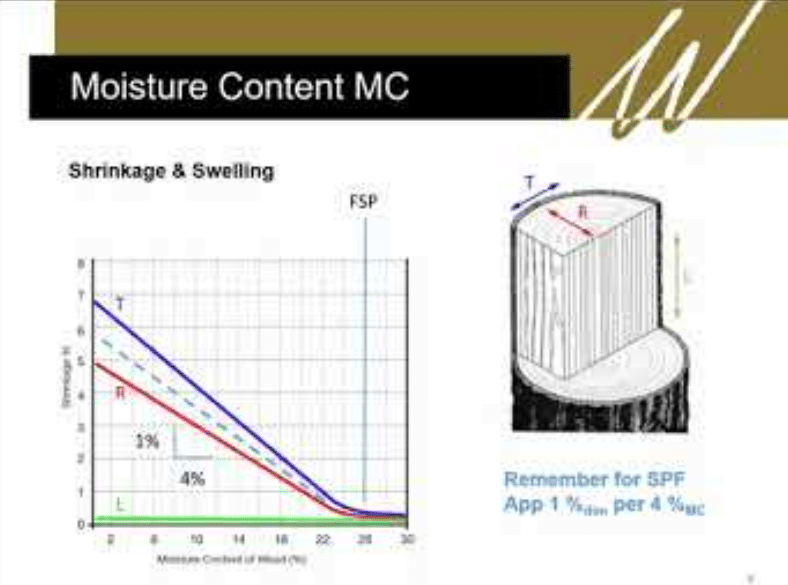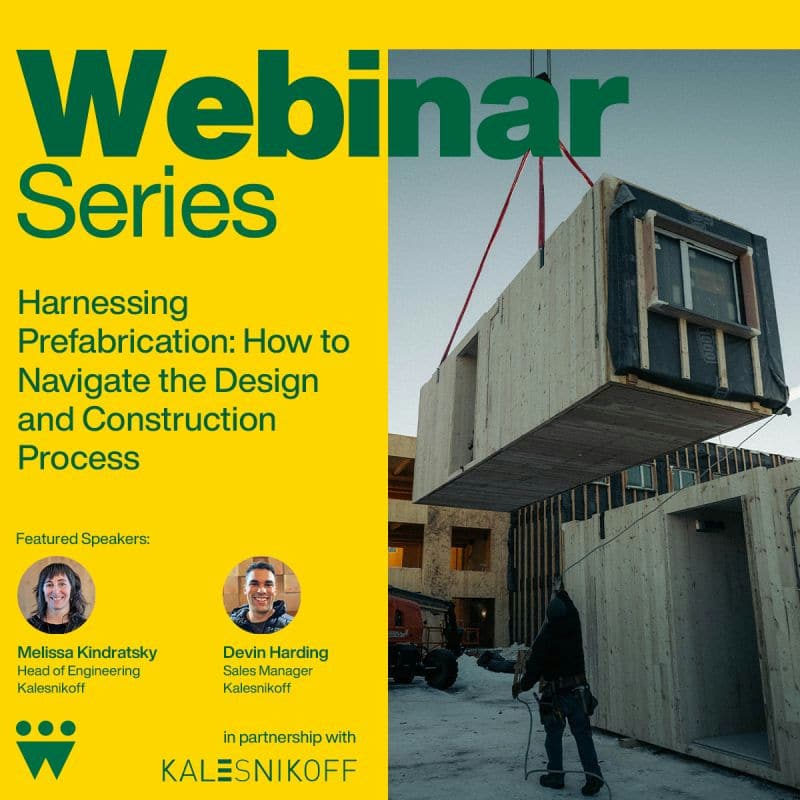Ottawa (Ontario), le 16 octobre 2025 - Le Conseil canadien du bois (CCB) est heureux d’accueillir Rothoblaas Canada comme nouveau partenaire national de son programme WoodWorks. Ce partenariat unit deux organisations qui ont à cœur de faire progresser la construction en bois partout au pays grâce à la formation, au soutien technique et au développement stratégique des marchés.
Alors que la demande croissante pour des bâtiments à haut rendement et à faible empreinte carbone stimule l’adoption du bois massif et d’autres systèmes de bois d’ingénierie, cette collaboration renforcera l’écosystème technique qui soutient l’industrie canadienne de la construction. En conjuguant le leadership international de Rothoblaas dans les domaines des technologies de connexion structurale, des systèmes d’enveloppe du bâtiment et des solutions de sécurité sur les chantiers avec l’expertise nationale de WoodWorks en matière d’éducation, de soutien technique et de développement des marchés, le partenariat contribuera à faire progresser les meilleures pratiques en conception et en construction en bois. Ensemble, les organisations favoriseront le transfert de connaissances et l’innovation en conception afin d’appuyer l’intégration du bois comme matériau de construction courant dans les projets canadiens.
« Depuis plus de 20 ans, WoodWorks offre une expertise technique et un accompagnement aux professionnels qui font progresser la construction en bois à travers le Canada. Collaborer avec ce réseau reconnu permet à Rothoblaas Canada de partager notre expérience mondiale en ingénierie et de contribuer à l’innovation dans les systèmes de connexion, la performance de l’enveloppe du bâtiment et l’assemblage sécuritaire et efficace des structures en bois », déclare François-Laurent Chabot, directeur général et directeur régional des ventes de Rothoblaas Canada.
« WoodWorks est fier de collaborer avec Rothoblaas Canada afin de renforcer la connaissance et l’adoption des systèmes de connexion modernes et autres solutions d’assemblage pour le bois d’ingénierie », affirme Rick Jeffery, président et chef de la direction du Conseil canadien du bois. « Ce partenariat intègre l’expertise de Rothoblaas Canada en matière de connecteurs et de technologies d’enveloppe du bâtiment à la plateforme nationale d’éducation et de développement sectoriel de WoodWorks pour favoriser une approche plus intégrée et axée sur la performance pour la construction en bois. »
Grâce à des initiatives conjointes de sensibilisation, de développement de ressources et de formation technique à l’échelle du pays, ce partenariat national vise à doter les architectes, les constructeurs et les promoteurs du savoir nécessaire pour concevoir et bâtir en toute confiance avec le bois. L’adoption élargie de solutions en bois peut jouer un rôle déterminant dans l’atteinte des objectifs nationaux en matière de logement et d’infrastructures, tout en contribuant aux cibles climatiques du Canada et à la transition vers une économie à faibles émissions de carbone.
À propos du Conseil canadien du bois
Le Conseil canadien du bois (CCB) est la voix unifiée de l’industrie canadienne des produits du bois. Regroupés au sein d’une fédération nationale d’associations, nos membres représentent des centaines de fabricants partout au pays. Notre mission consiste à répondre aux besoins de nos membres en stimulant la demande du marché en produits du bois et en faisant la promotion d’un leadership responsable par l’excellence dans les codes, les normes et les règlements. Nous fournissons également une assistance technique et un transfert de connaissances au secteur de la construction par l’intermédiaire de notre programme WoodWorks, une référence sur le marché.
À propos du programme national WoodWorks
Le programme WoodWorks du Conseil canadien du bois est une initiative nationale de sensibilisation qui vise à promouvoir l'utilisation du bois dans la construction en offrant des possibilités de formation et un soutien technique direct. Le programme aide les architectes, les ingénieurs, les promoteurs immobiliers et d'autres professionnels du secteur à développer leurs compétences en matière de conception et de construction en bois, contribuant ainsi à un environnement bâti plus durable.
À propos de Rothoblaas Canada
Rothoblaas Canada est un fournisseur de premier plan de solutions novatrices pour la construction en bois et en bois massif, offrant une gamme complète de fixations structurales, de systèmes de connexion, de membranes et de produits de sécurité. Faisant partie du groupe international Rothoblaas, la division canadienne soutient les architectes, les ingénieurs et les constructeurs grâce à une expertise technique et à des solutions conformes aux codes, adaptées aux besoins locaux. Par la recherche, la formation et la collaboration, Rothoblaas Canada fait progresser la construction durable et à haute performance et contribue à la croissance de l’industrie canadienne du bâtiment en bois.

